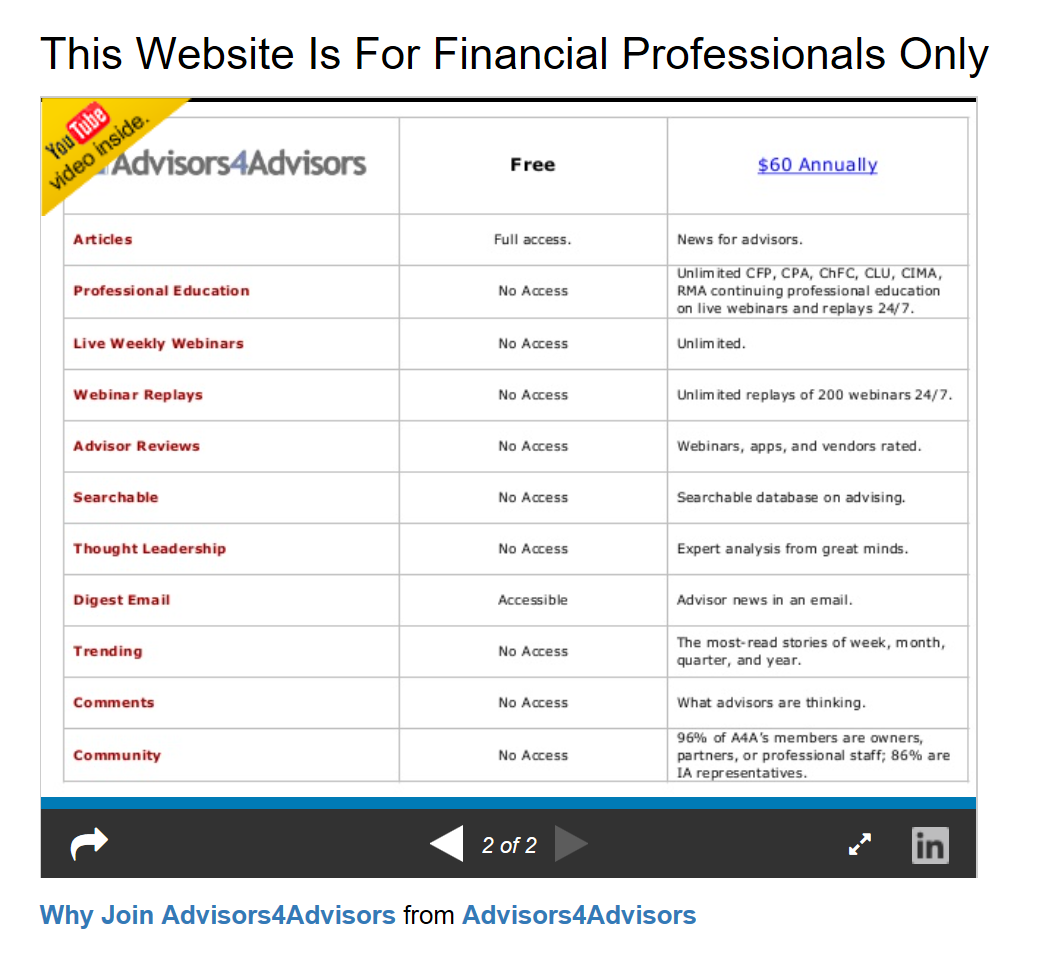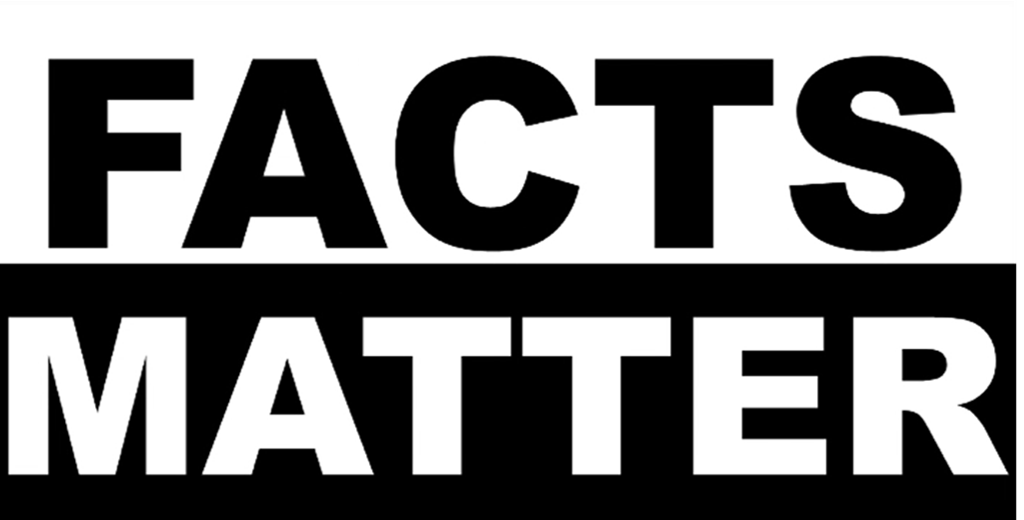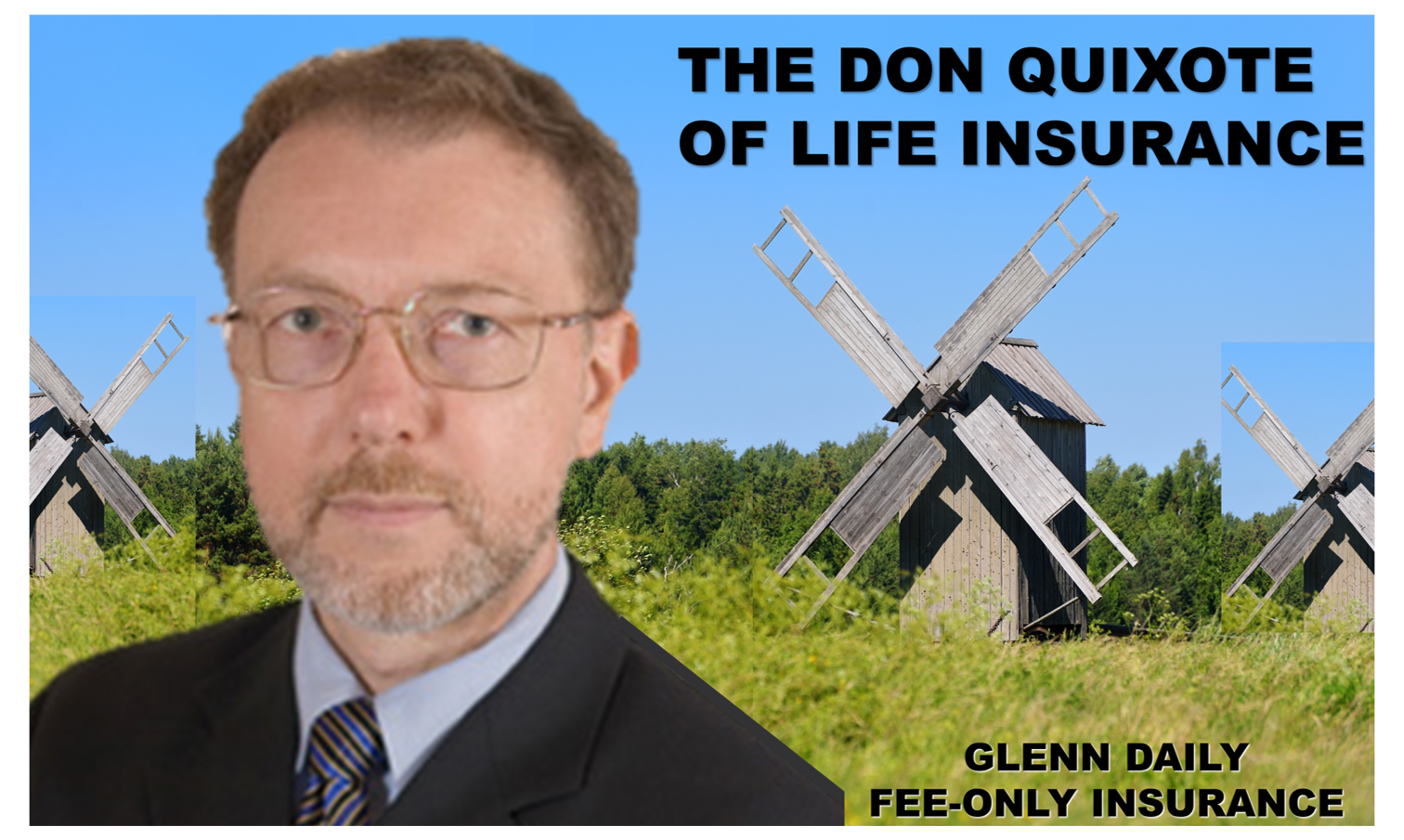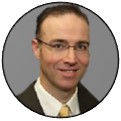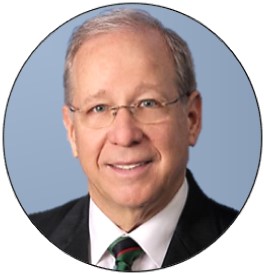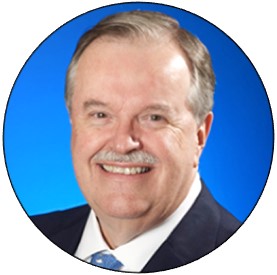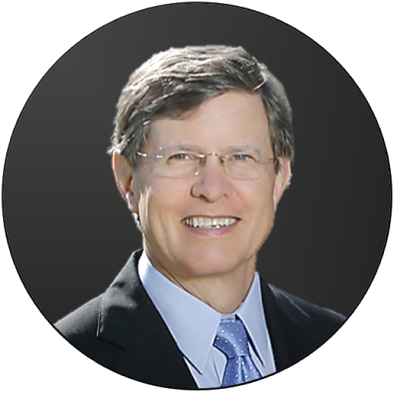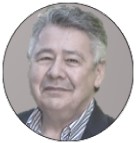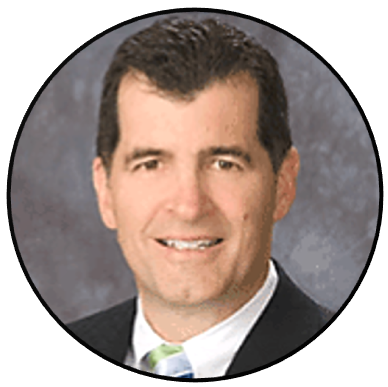Highlights From The 2014 Heckerling Institute Conference On Estate Planning
Among the highlight topics presented two weeks ago were fundamental programs on:
- estate planning with an emphasis on asset protection, which my partner, Dan Rubin, and I presented on for three hours
- an introduction to the law of trusts presented by Harvard Law School's Professor Robert Sitkoff
- numerous presentations dealing with planning with the new 3.8% surtax and the impact of higher income taxes on estate planning (creating a paradigm shift in how we will plan our client's wealth transfers in the future)
- representing clients with diminished capacity
- planning for same-sex couples
- numerous workshops on planning for the under $10 million estate as well as larger estates, charitable planning, residence issues for state income tax and transfer tax and IRAs and charitable giving.
It would be difficult to summarize each of the sessions in a brief manner, but I will select some of the highlights and report them over my next few blog posts. Let's start with the topic I presented on.
With the ever-increasing estate exemptions, planning to minimize estate taxes may become less important than maximizing wealth preservation (sometimes referred to as asset protection). Asset protection is more than planning with self-settled trusts. In the estate planning context, it suggests utilizing trusts to the exclusion of outright and mandatory distribution schemes.
By utilizing discretionary trusts, your clients' wealth will be protected from divorce claims, nursing home impoverishment, bankruptcies and litigation. Too often, planners utilize a formula by which a portion of the inherited wealth is distributed at different ages, such as 25-30-35. We've all seen it. But I believe this could even be malpractice if the options are not fully explored with the client.
Witness one recent example in my practice where an adult child inherited $20 million at a time when he had personally guaranteed a $25 million debt in a real estate transaction that had subsequently gone under water and he wanted to protect this inheritance. It was too late to do anything at that point since any transfer would constitute a fraudulent transfer, rendering him technically insolvent. If the parent had only left it in trust for him it would have been completely protected.
Now, sometimes a client may balk at the thought of a trust and its perceived inflexibilities, administrative complexity and costs. But if drafted in a manner that gives the beneficiary significant control (i.e. power to remove and replace trustees, broad powers of appointment, investment powers, etc) such objections should fall by the wayside.
We also discussed the use of self-settled trusts (sometimes referred to as domestic asset protection trusts or DAPTs) to achieve completed gift transfers while enabling the settlor to remain a discretionary beneficiary. This was described in a private letter ruling in 2009 which is discussed in a detailed articled co-authored by me and available on my firm's website, www.mosessinger.com.
If your client has not used their lifetime exclusion of $5,340,000, has assets likely to appreciate in the future but is concerned about giving it away should he suffer financial reversal, using a DAPT would allow him to remove it from his estate while retaining possible access to it should he need it in the future. There are many variations on how to achieve the best structure with the least tax exposure but that goes beyond what we can accomplish in a blog post. So read my article.
I'll have more from Heckerling next time.
